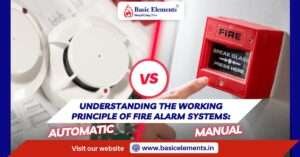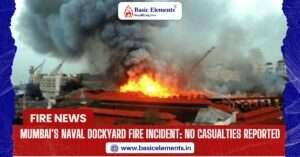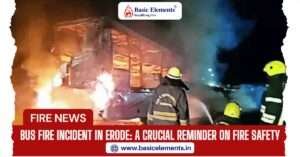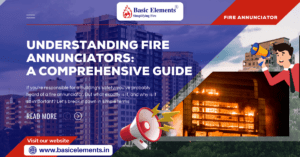Introduction:
When it comes to fire safety in apartment, being prepared is absolutely crucial for facility managers. Understanding the importance of emergency preparedness is the first step towards ensuring the safety of residents. In this comprehensive guide, we’ll explore various aspects of emergency preparedness in an apartment setting together.
Please find below some incidents related to fire accidents in apartments and high-rise buildings.
Fire Safety in Apartment Incidents:
- Dhanbad Apartment Fire (January 31, 2023): A massive fire broke out in an apartment building in Dhanbad, Jharkhand. Sadly, 14 lives, including 3 children, were lost in the incident. The fire originated on the fourth floor during a wedding ceremony. The cause is currently under investigation.
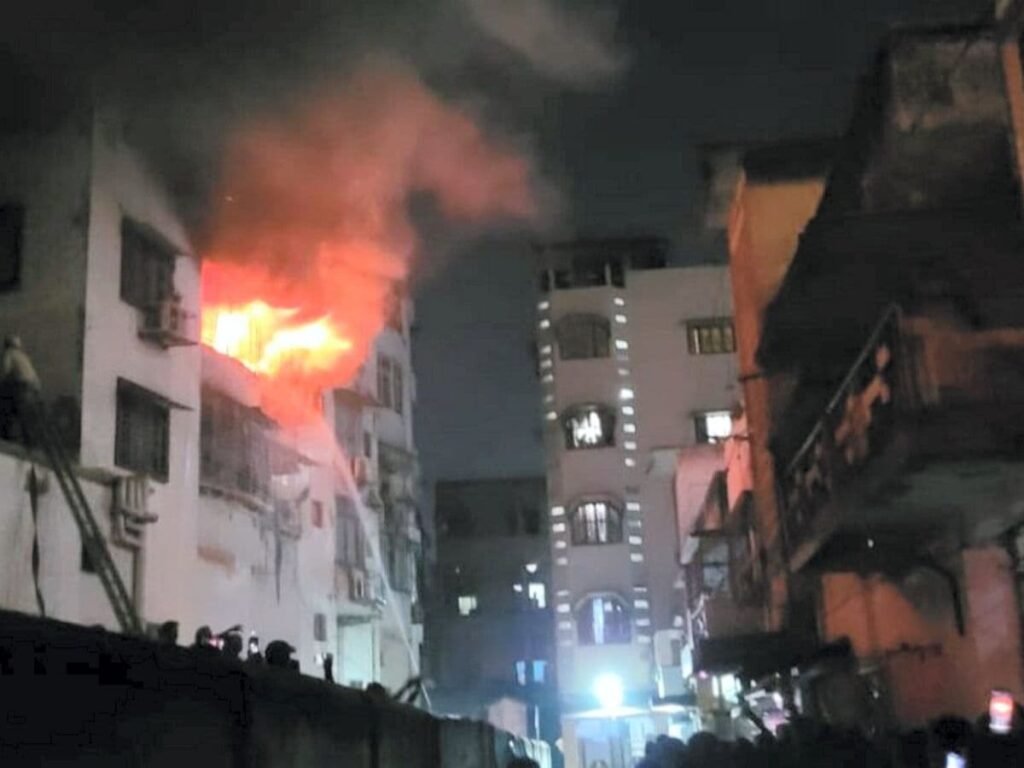
- Mumbai High-Rise Fire (January 22, 2022): A major fire erupted in a 20-storey residential building in Mumbai, resulting in the death of six individuals and injuring 23 others. The fire started on the 18th floor and quickly spread to other levels. Firefighters battled the flames for hours before gaining control. An electrical short circuit is believed to be the cause.
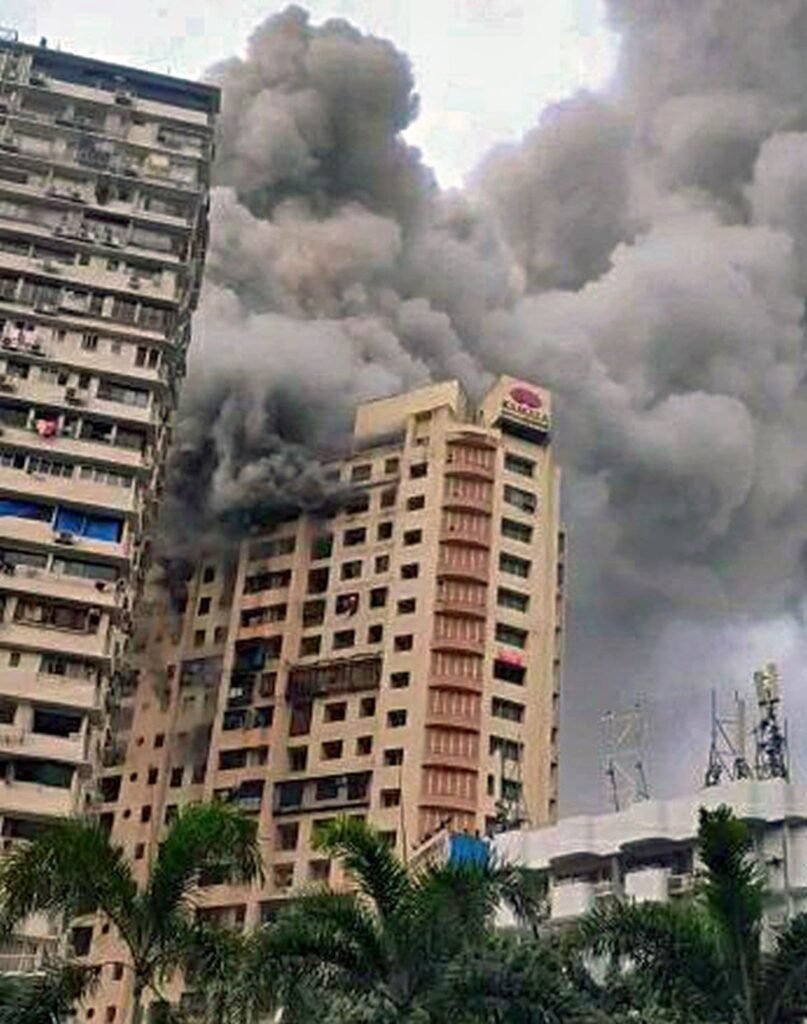
- Navi Mumbai Apartment Fire (December 4, 2023): A significant fire broke out on the 12th floor of an apartment in Nerul, Navi Mumbai. Fortunately, there were no casualties as the apartment was unoccupied at the time. However, the entire unit was engulfed in flames. The cause of the fire is under investigation.
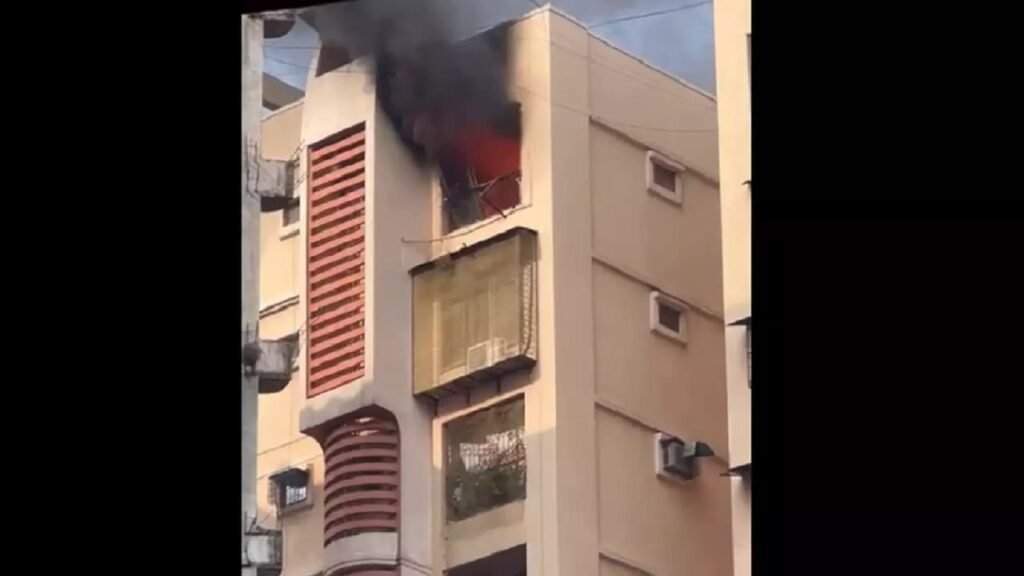
To prevent these types of accidents, it’s important to know how to safeguard your apartment. As a Facility Manager, you can consider implementing the following fire safety in apartment measures:
Checking for Potential Risks and Hazards in Your Apartment:
Step 1: Keep Up with Safety Checks
To tackle fire safety in apartment buildings, facility managers should regularly carry out safety assessments. This means spotting common hazards and assessing evacuation routes. By being proactive, potential fire risks can be identified and reduced.
Step 2: Spot Apartment Hazards
During safety assessments, facility managers need to identify typical hazards in apartments that might lead to fires. These hazards include faulty electrical wiring, overloaded power outlets, improper storage of flammable materials, or blocked emergency exits. By spotting these hazards, necessary steps can be taken to prevent fire incidents.
Step 3: Evaluate Emergency Evacuation Routes
Another important step is to evaluate the building’s emergency evacuation routes. Facility managers must ensure that the routes are clearly marked, not blocked, and easily accessible to all residents. Regular inspections should confirm their maintenance and identify any potential obstacles.
Step 4: Boost Fire Safety Measures
To enhance fire safety, facility managers should implement various measures. This includes installing and maintaining fire alarms, smoke detectors, and fire extinguishers in strategic locations. Clear signs should indicate the location of safety equipment and emergency exits. Regular training and drills should also be carried out to educate residents about safety procedures and evacuation protocols.
Step 5: Raise Awareness on Fire Safety
Facility managers should actively raise awareness about fire safety in apartment. This can be done through educational campaigns, distributing information materials, and organizing workshops or seminars. By fostering a culture of fire safety awareness, residents will be better prepared to prevent fires and respond in emergencies.
By following these step-by-step guidelines, facility managers can effectively tackle fire safety in apartment buildings, ensuring the well-being and protection of residents.
Apartment Emergency Kit: Must-Have Supplies You Need!
When it comes to fire emergencies in apartments, having a well-equipped emergency kit is crucial. As a facility manager responsible for fire safety in apartment, it’s essential to ensure that your residents are prepared for any unforeseen circumstances.
- Fire Extinguishers: These are a must-have in any emergency kit. Make sure you have the appropriate type and size of fire extinguishers for different areas of your facility. Regularly inspect and maintain them to ensure they are in good working condition.
- Smoke Detectors: Install smoke detectors in every apartment unit and common areas. Regularly test and replace batteries to ensure they are functioning properly. Educate residents on the importance of smoke detectors and how to respond when they are activated.
- First Aid Supplies: Include a well-stocked first aid kit in your emergency kit. It should contain items such as bandages, antiseptic wipes, adhesive tape, gloves, and any necessary medications. Ensure that the kit is easily accessible to residents and regularly check the expiration dates of the supplies.
- Emergency Contact Information: Compile a list of emergency contact numbers for your facility. This should include local fire departments, medical services, and building management. Make sure this information is readily available to residents in case of an emergency.
- Escape Plan: Develop an evacuation plan for your facility and include it in your emergency kit. Clearly mark escape routes, assembly points, and any designated safe areas. Communicate this plan to residents and conduct regular drills to ensure everyone knows what to do in case of a fire.
Remember, as a facility manager, it is your responsibility to prioritize fire safety and ensure the well-being of your residents.
Developing an Apartment Emergency Plan: What You Should Include:
- Communication Strategy: Establish a clear communication plan that includes methods of alerting residents in case of a fire emergency. This can include using fire alarms, intercom systems, or emergency text alerts.
- Designated Meeting Points: Identify specific meeting points outside the building where residents can gather safely after evacuating. These meeting points should be easily accessible and well-known to all residents.
- Clear Escape Routes: Map out and clearly mark escape routes for different scenarios, taking into consideration the layout of the building and potential fire hazards. Ensure that these routes are regularly inspected and kept free of obstructions.
- Fire Safety Equipment: Install and maintain fire safety equipment such as fire extinguishers, smoke detectors, and sprinkler systems. Regularly inspect and test these devices to ensure they are in proper working condition.
- Resident Education: Conduct regular fire safety training sessions to educate residents on emergency procedures, evacuation routes, and the proper use of fire safety equipment. Encourage residents to report any fire hazards or concerns to the facility manager.
- Emergency Contacts: Maintain a list of emergency contacts, including local fire departments, medical services, and building management. Make sure this list is easily accessible to all residents and regularly updated.
- Regular Drills: Conduct fire drills to familiarize residents with emergency procedures and evacuation routes. These drills should be conducted at least once a year and provide an opportunity to assess the effectiveness of the apartment emergency plan.
Staying Informed and Connected: Utilizing Technology for Emergency Updates:
To make apartments safer from fires, it’s important to use technology effectively. One way to do this is by checking out emergency alert apps. They give you real-time updates and notifications about potential fire hazards in your area. Also, stay connected with local news sources to get info on fire incidents and safety precautions specific to your locality.
Lastly, consider joining a community group on WhatsApp or signing up for an email campaign to get regular updates on fire safety measures, evacuation procedures, and other important info. By using these tech resources, you’ll stay informed and ready in case of an emergency.
Involving Your Neighbors’ and Building Management: Creating a Stronger Safety Network
By working together and making contributions, we can create a safer living environment. As a facility manager, get your neighbours and the building management team involved in your fire safety initiatives. Start by setting up a Building Emergency Committee. This group can include volunteers from residents, members of the management team, and even local fire safety experts.
They’ll be responsible for creating and updating the apartment emergency plan, carrying out regular safety checks, and organizing safety training and drills.
Drop a comment below if you’ve got any extra points to add to this guide. Thanks!
For More information visit our website: Basic Elements
For More information : LinkedIn



